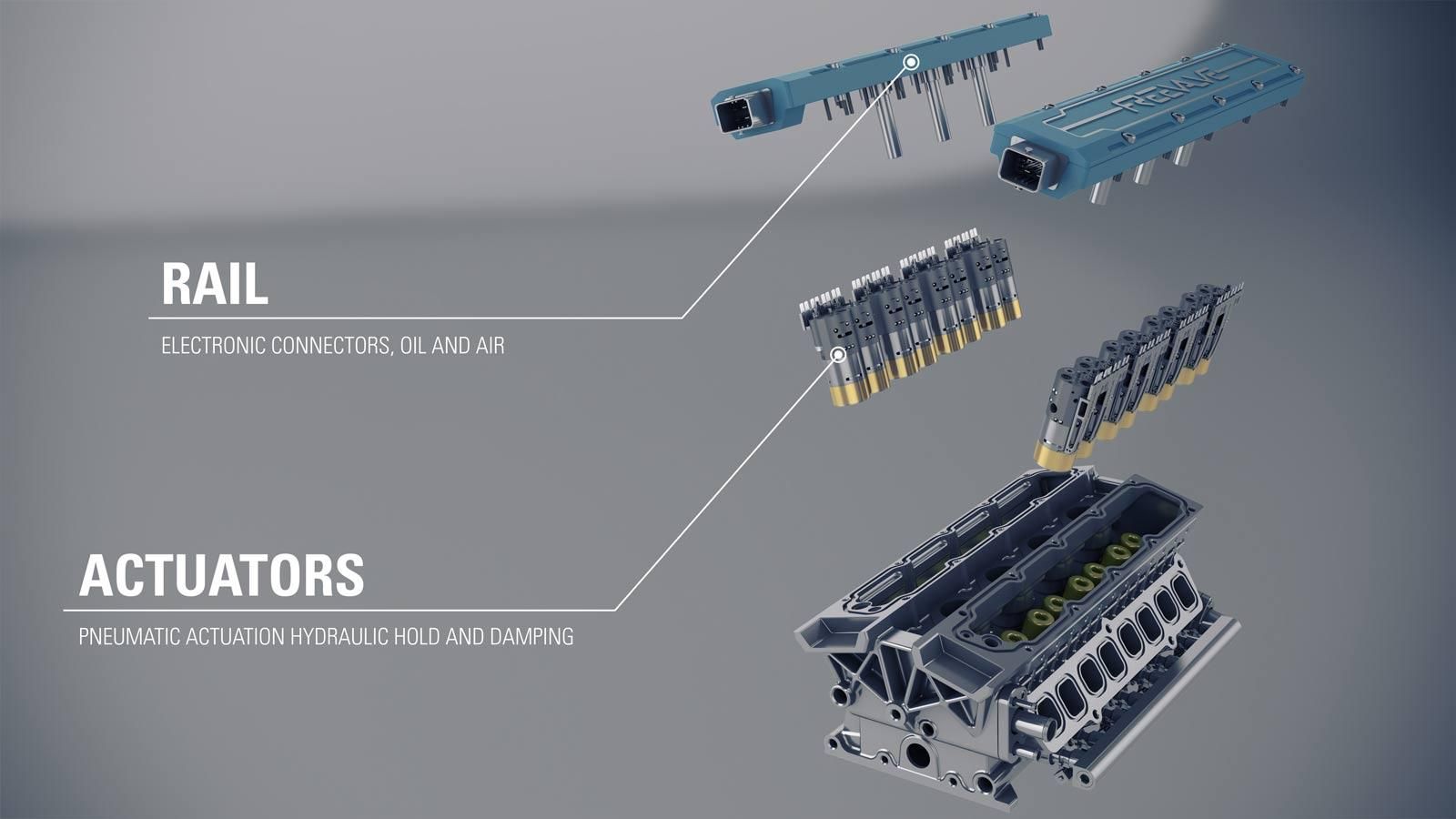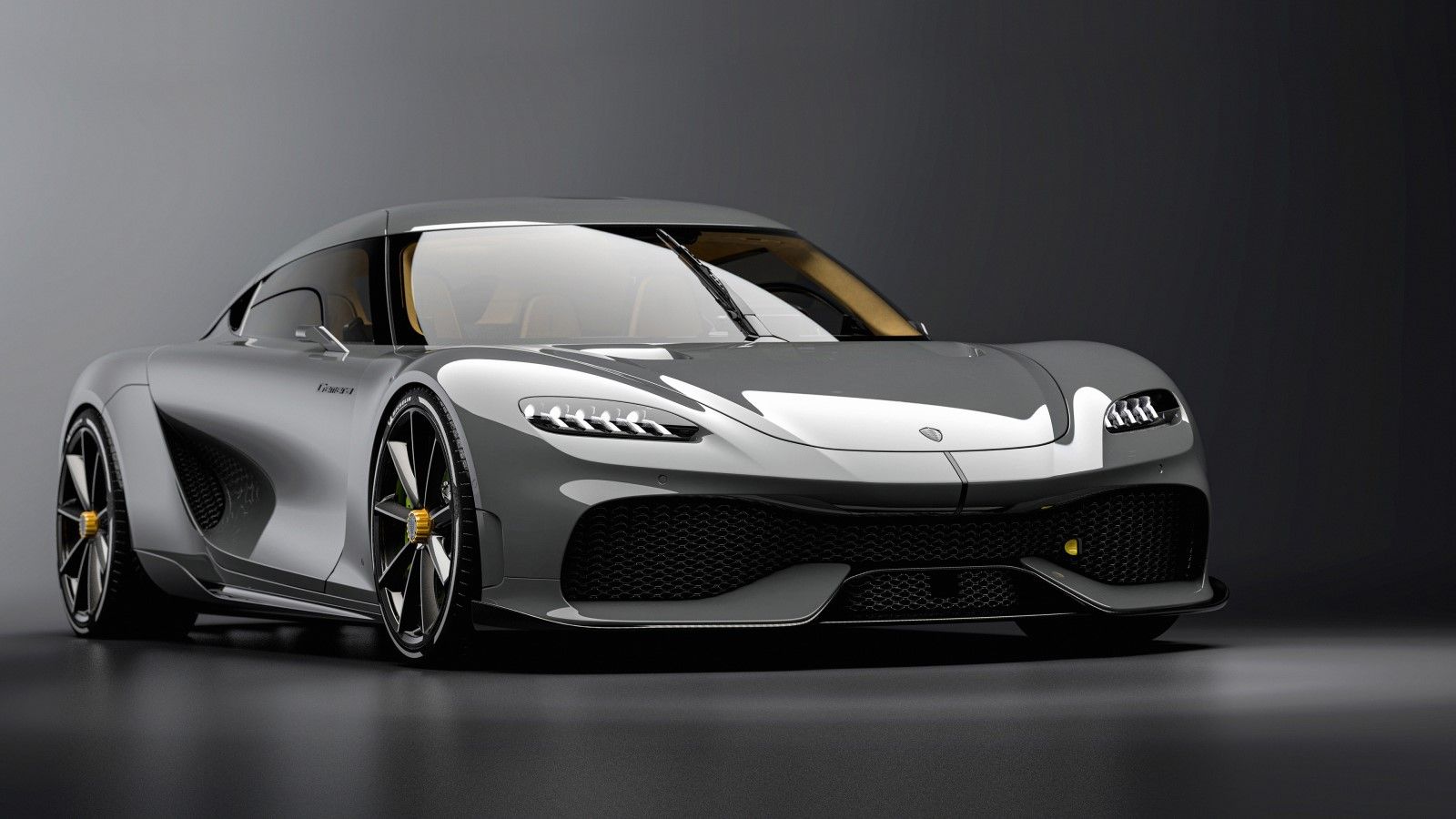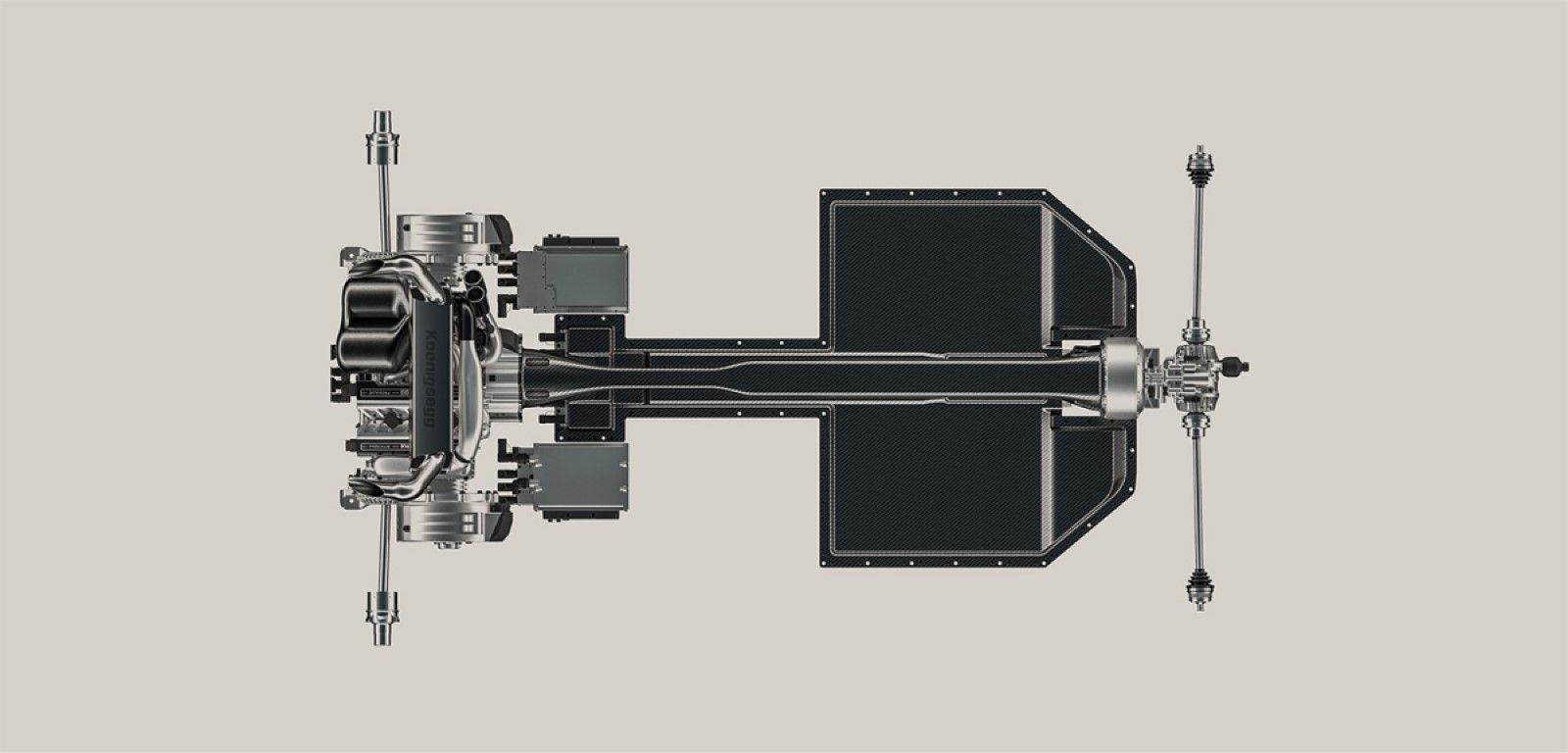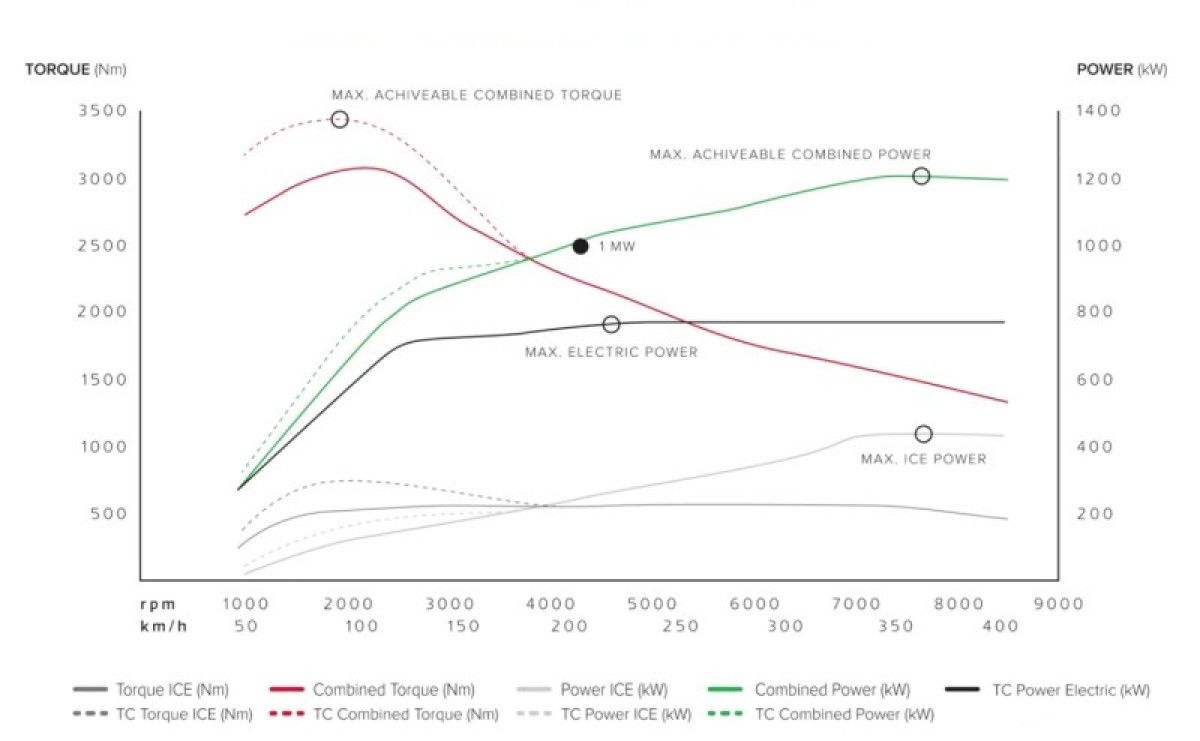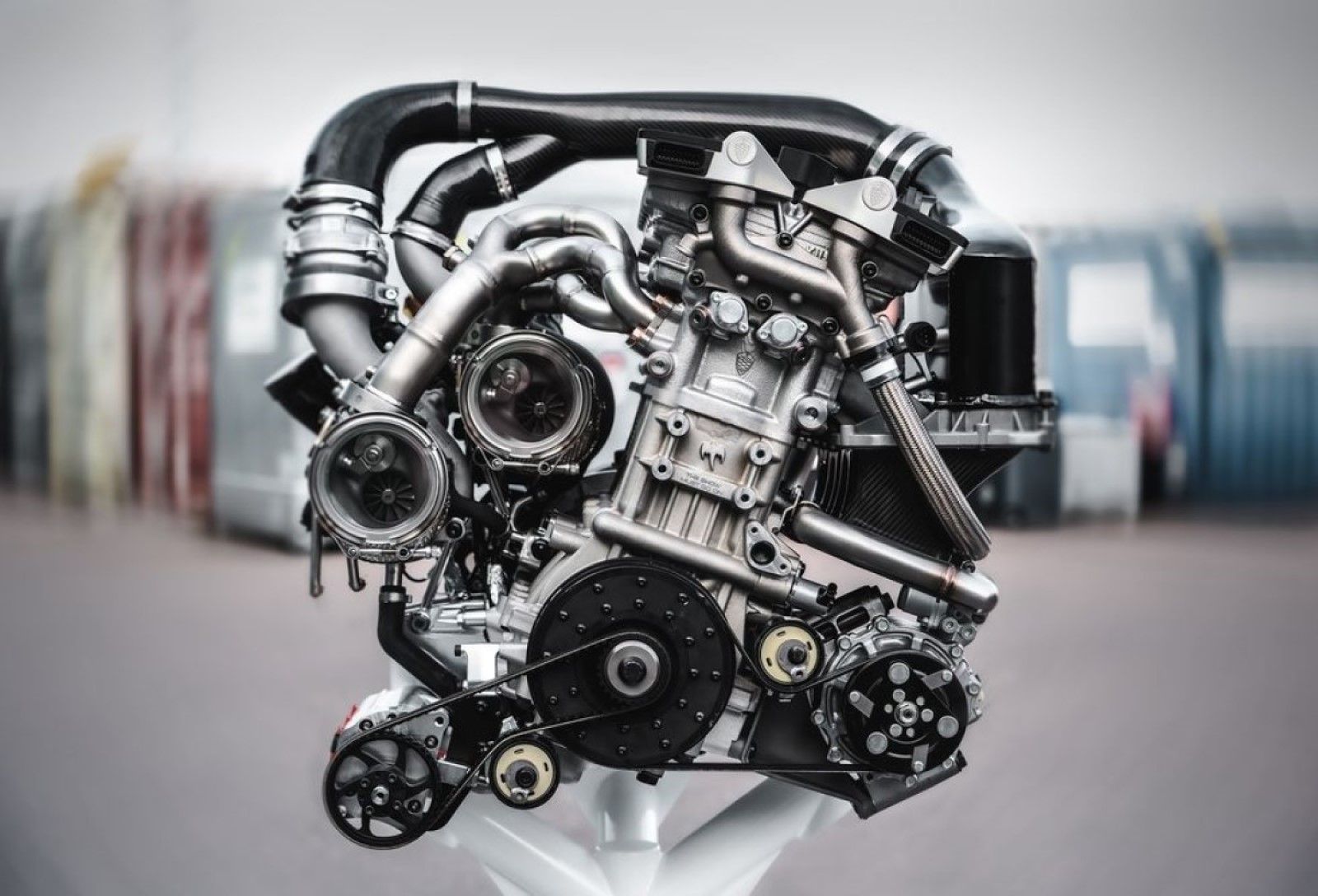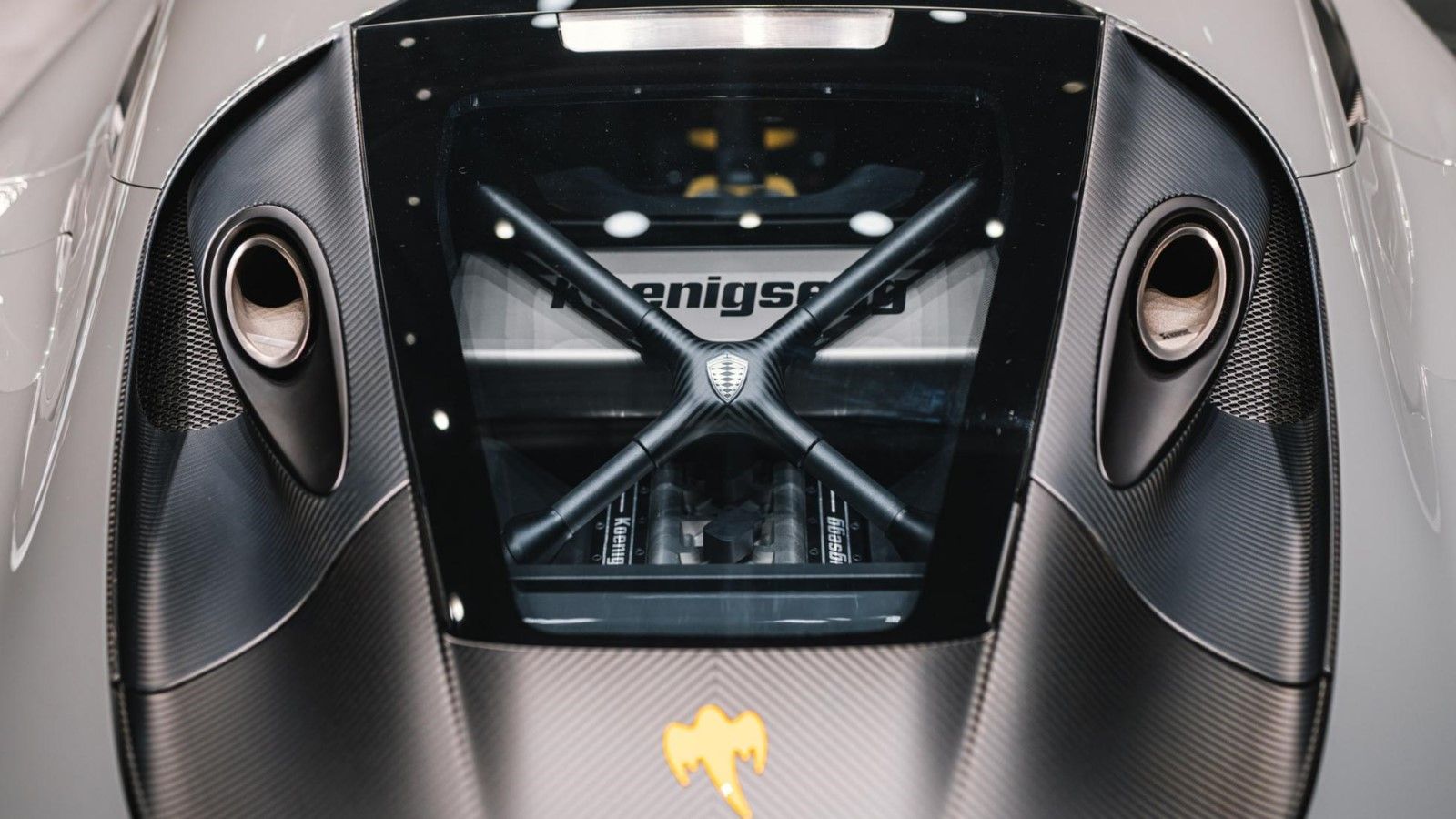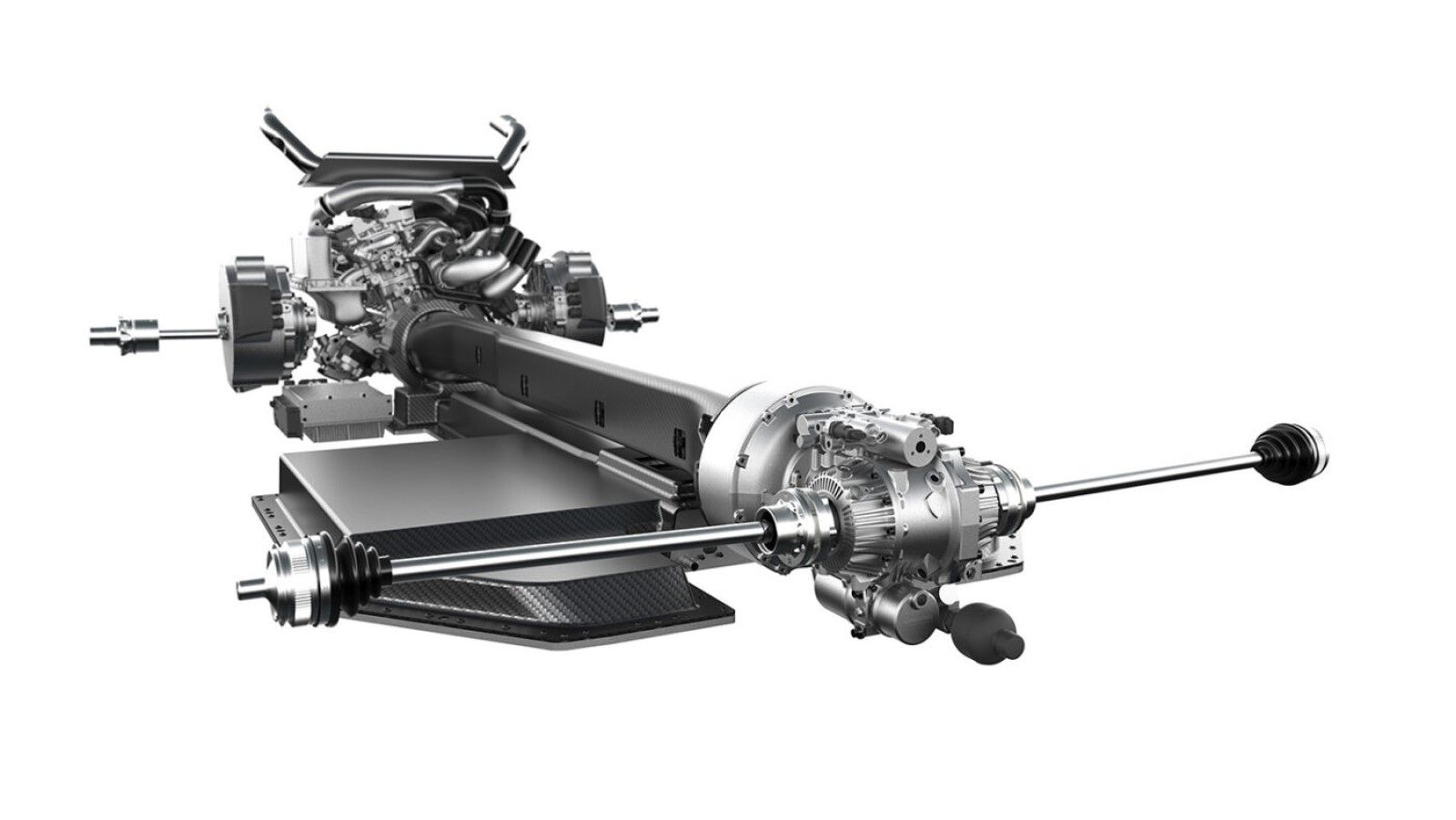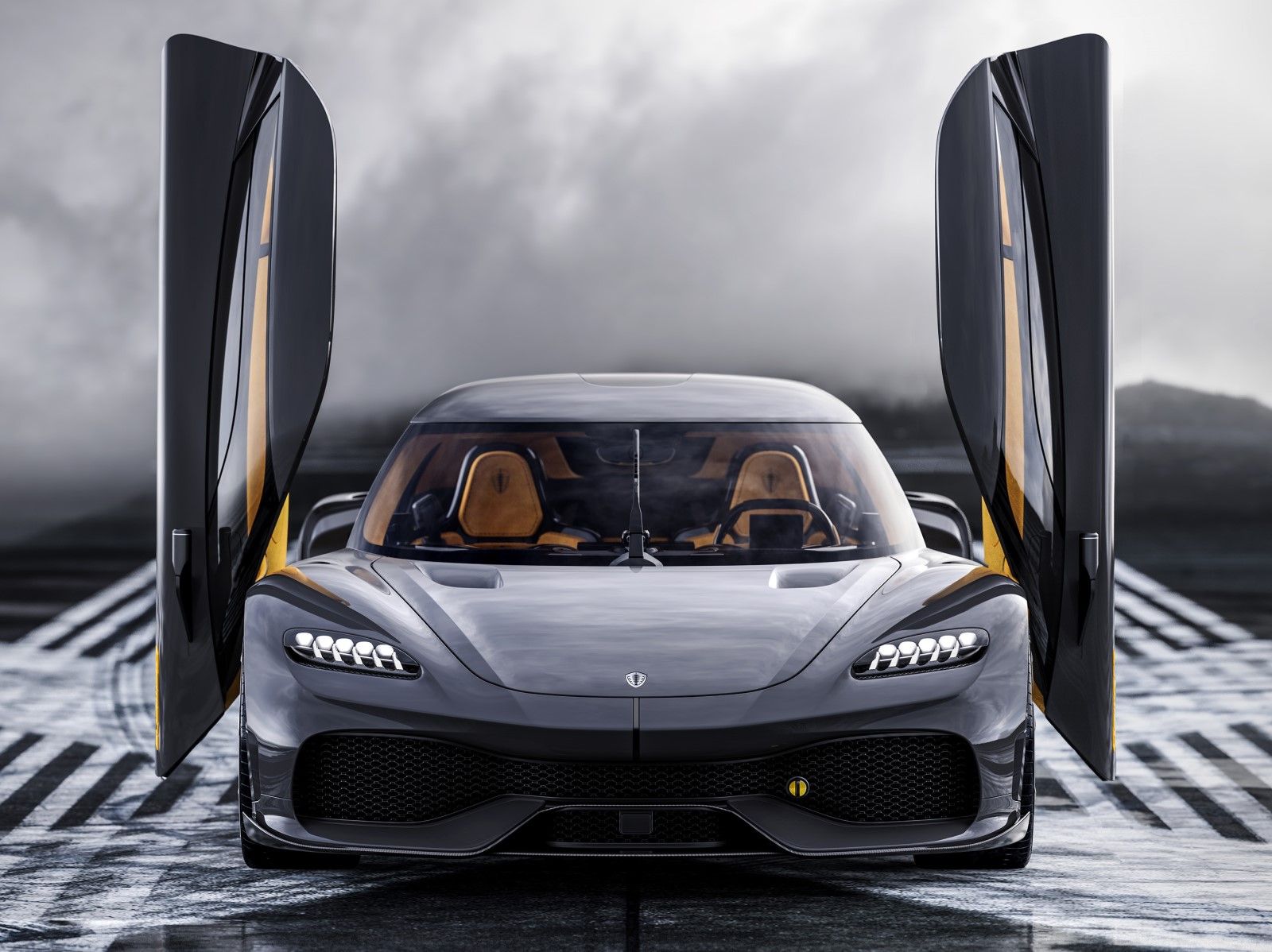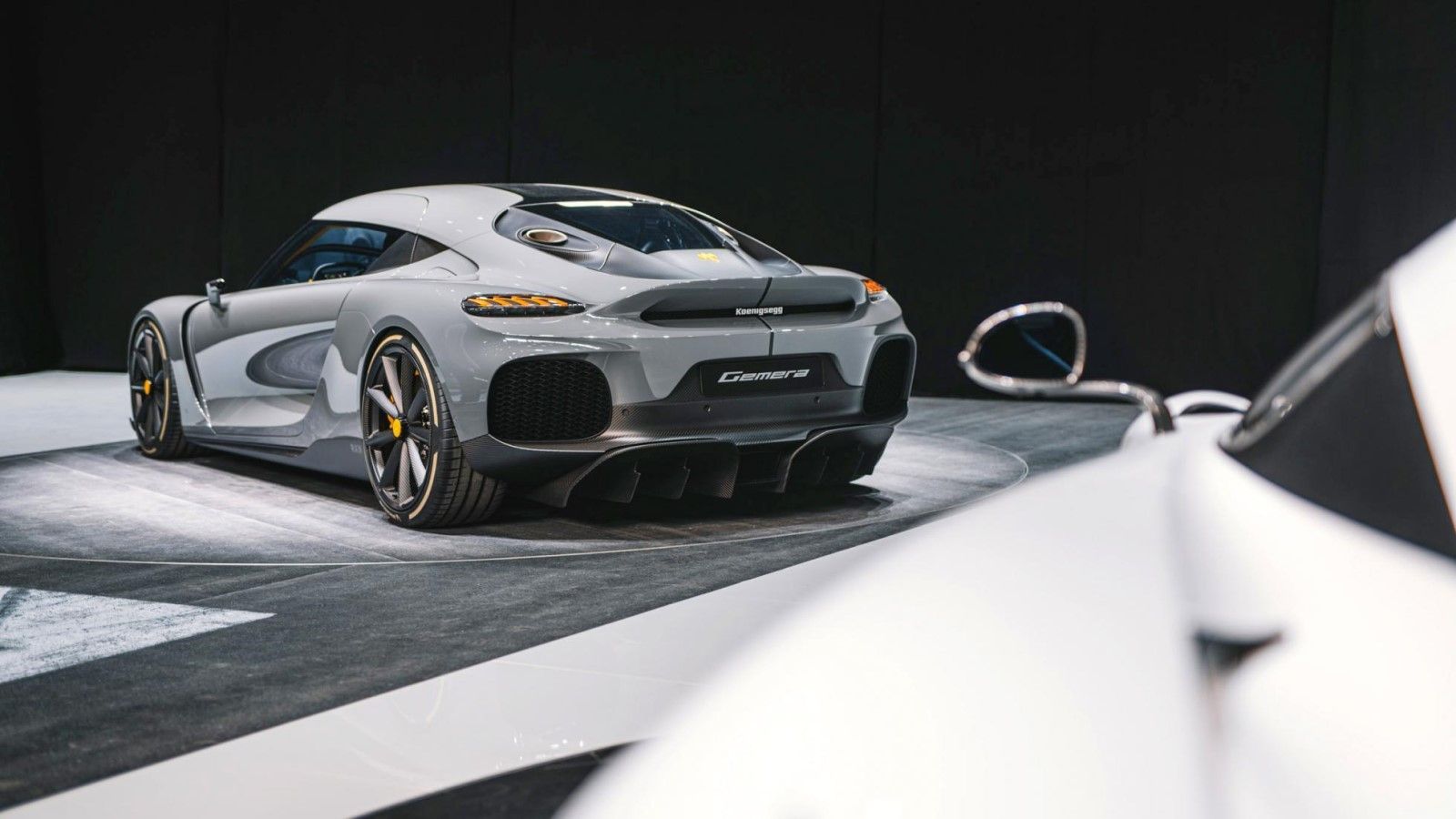Koenigsegg is a revolutionary automaker that has been pushing the threshold of engineering with every new car of theirs. Be it the Koenigsegg CCR that humbled the legendary McLaren F1 or the Koenigsegg One:1, the world's first megacar that had an impressive power to weight ratio of 1:1. The future also looks quite thrilling with the Koenigsegg Jesko, a 1,600-horsepower machine that has the making to surpass the 300 mph mark!
Revolutionary engineering technologies have been at the forefront for Koenigsegg. Their latest ground-breaking feat comes in an ironically small package and is aptly named the Tiny Friendly Giant - the world's most powerful 2.0-liter three-cylinder engine with 1700 horsepower and a monstrous 2,581 lb-ft of torque. This engine uses the magical Freevalve technology which makes all of these mind-boggling numbers possible and comes packed in the Koenigsegg Gemera - their very first megacar with four seats.
Three Electric Motors Coupled To A Revolutionary ICE Churns Out A Combined 1,700 horsepower
Let's talk about the whole powertrain setup here. Koenigsegg decided to flip the way it looks at hybridization. The Gemera is a Plug-In Hybrid Megacar for the whole fam. But unlike the standard definition of a hybrid where the electric motors assist the dominating ICE, the Gemera has it reversed.
Three electric motors are wrapped around the three-cylinder combustion engine. The engine is rear-mounted and churns out 600 horsepower. It is placed longitudinally and is sandwiched between two electric motors, each rated at 500 horsepower and 738 pound-feet of torque. The other electric motor is positioned along the shaft tunnel leading to the front axle and is rated at 400 horsepower and 369 pound-feet. All of the juice for the electric motors is provided by a 16.6 kWh 800V battery pack that also provides the Koenigsegg Gemera with 31 miles of electric-only driving range.
The smart bit about this setup is that Koenigsegg has used the combustion engine and the center-mounted electric motor to power the front axle exclusively. The rear axle is powered by the two electric motors alone. This paves way for Koenigsegg's first-ever AWD car that has torque-vectoring at both ends as well. Adding all the figures should bring the total output to a whopping 2,000 horsepower, but due to various energy losses and different peak performance curves of the ICE and electric motors, the Koenigsegg Gemera is rated at 1,700 horsepower at the wheels, which is still awe-worthy.
The Tiny Friendly Giant - 2.0-liters, Three Cylinders, And 600 Horsepower
Koenigsegg is spot on and light-hearted in naming their revolutionary Gasoline engine "The Tiny Friendly Giant." This engine gives us a whole new engineering perspective on the David and Goliath story! Each of its three cylinders is huge with a bore of 95 mm and a stroke of 93.5 mm, making the cylinders larger than those found in Koenigsegg’s 5.0-liter V-8.
It also incorporates the best of both worlds with the high-revving nature of a NA engine that has an 8,500 rpm redline and 29 PSI of forced induction from twin-turbos. This along with its revolutionary Valveless technology (more on this later) helps this four-seater Koeinegsegg pack the most powerful 2.0-liter three-cylinder engine in the world and is also road-compliant. This engine is so well ahead of its time in design, and it pumps out 2.5-times more power than the next most powerful three-cylinder engine, which produces 268 horsepower in the Toyota GR Yaris.
Freevalve Technology In Tandem With Sequential Turbos - The Secret Sauce
The Koenigsegg Gemera's Inline-three engine is devoid of any camshafts. Yes, you read that right. The main ingredient of Koenigsegg's Tiny Friendly Giant is its revolutionary Freevalve technology which allows the control of its valves electronically and eliminates the camshaft and its connecting mechanisms.
It uses a series of hydraulic and pneumatic actuators and a very smart control unit to open and close each valve independently. It has a personal air-compressor just to take care of the valve's movements. This allows the valve system of the Gemera to possess the properties of both Variable Valve Lift and Variable Valve Duration. Never before have both come together in a car.
Talking of valves, the engine has four valves per cylinder, two for the intake, and two exhaust. Now we are aware of you scratching heads as three cylinders and twin-turbos don't add up. Well yes, if it was any other engine it wouldn't have been possible. But with Freevalve technology, Koenigsegg's three-cylinder mimics that of an inline-six engine, thanks to the individual functioning of the exhaust valves.
The smaller turbo is the one to spool up first. Because of the sheer volume of air these cylinders push out, it spools up quickly, at as low as 1,700 rpm. One exhaust valve operates initially and the other stays put until the engine revs up higher and is capable of spooling the bigger turbo. And while the turbos get up to speed, Gemera's electric motors hop in to eliminate any possible turbo lag. Christian Von Koenigsegg is clearly an indigenous fellow who makes indigenous machines!
So, 12 'free' valves working in harmony with two sequential turbos are the crucial aspects of what makes the Tiny Friendly Giant so special.
Koenigsegg Gemera Can Do 0-60 Mph In 1.9 Seconds; Top Speed of 250 Mph!
Just like the Koenigsegg Regera, the Gemera also has a fixed gear ratio. But as the Gemera uses two sets of powertrains, it has two gear ratios, one for each axle. The Tiny Friendly Giant coupled with the 400 horsepower electric motor along the drive shaft column, has a gear ratio of 2.69:1.
The dual electric motors each rated at 500 horsepower has a gear reduction of 3.325:1 for each of its gearboxes. And yes, just like the Regera, this very clever One-Speed transmission puts down an insane 2,581 pound-feet of torque. On paper, the Gemera is capable of a monstrous 8,113 pound-feet in total but is capped at the wheels due to mechanical constraints.
Even with such a mellow and linear gear ratio the Koenigsegg Gemera is slated to do 0-60 mph in just 1.9 seconds and has a top speed of 250 mph. And mind you, this comes from a comfy four-seater that has two infotainment screens and eight cup-holders!
Koenigsegg Gemera's 2.0-Liter Twin-Turbo Freevalve Inline-three Is The ICE Of The Future
The 2.0-liter, twin-turbo, inline-three engine in the Koenigsegg Gemera is what dreams are made of. With such revolutionary technology, we are able to experience the untapped potential of an ICE. While automakers are vouching hard on the fact that electric powertrains are the future, cars like the Koenigsegg Gemera show us that all is not lost with our good old combustion engines.

